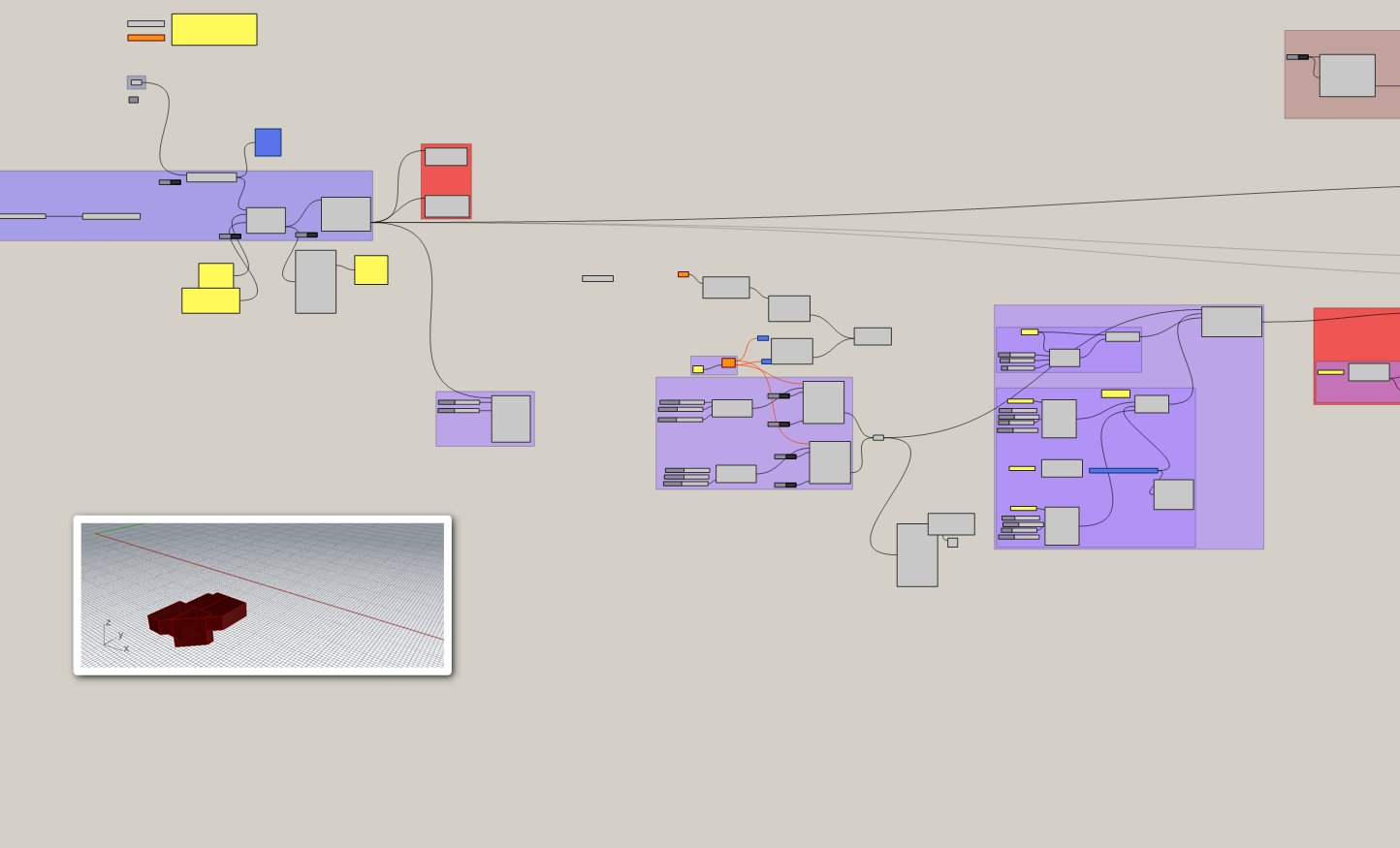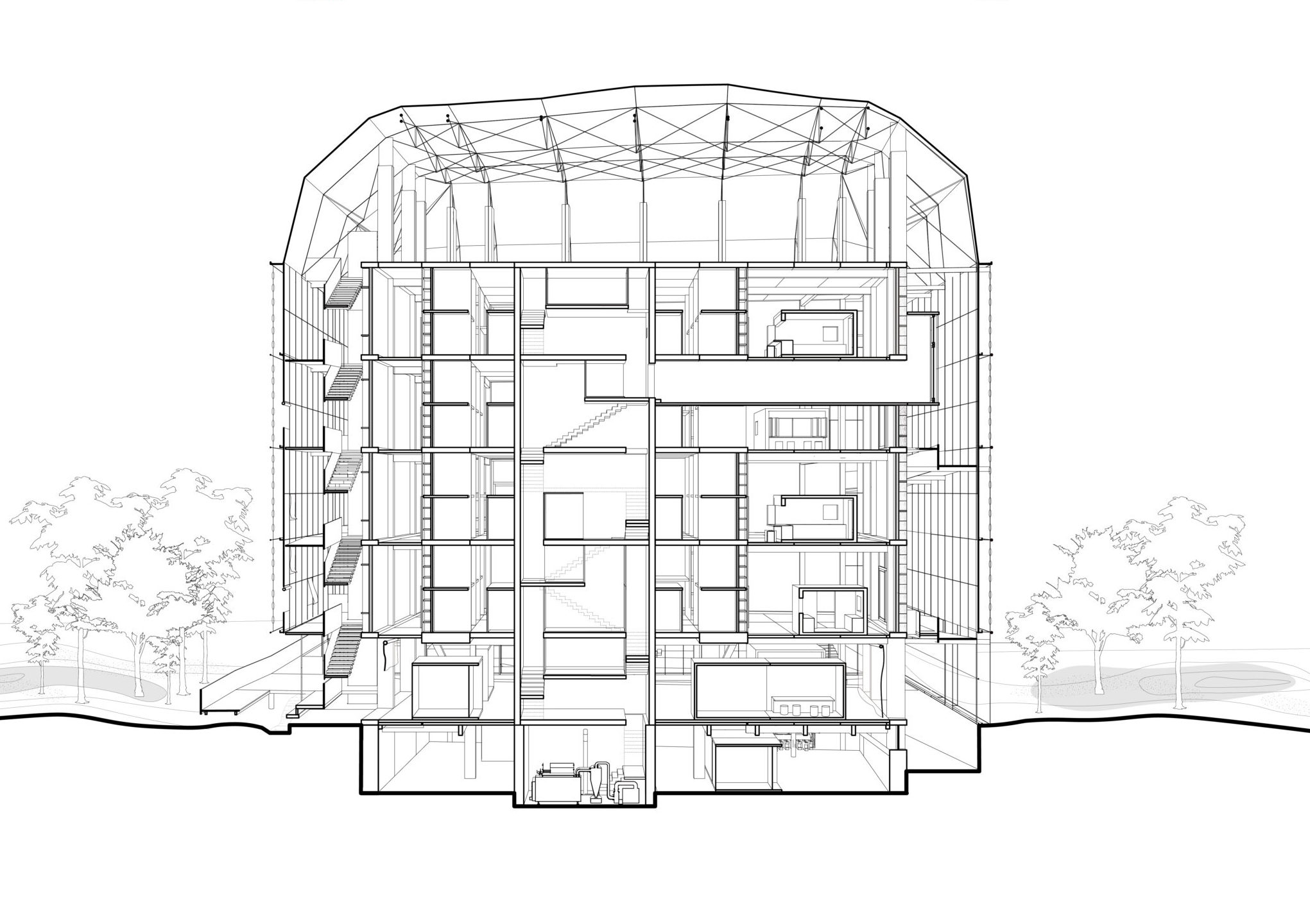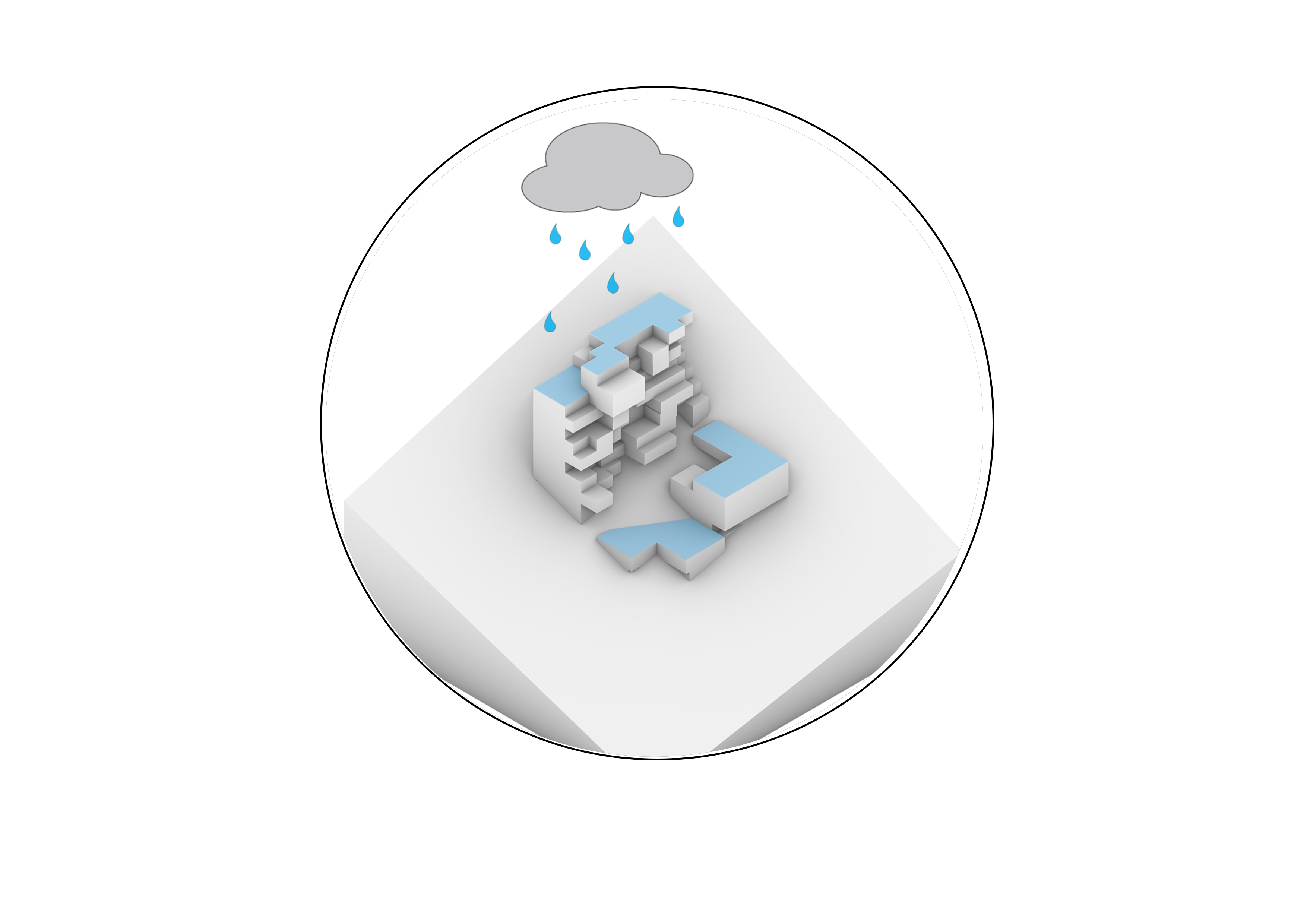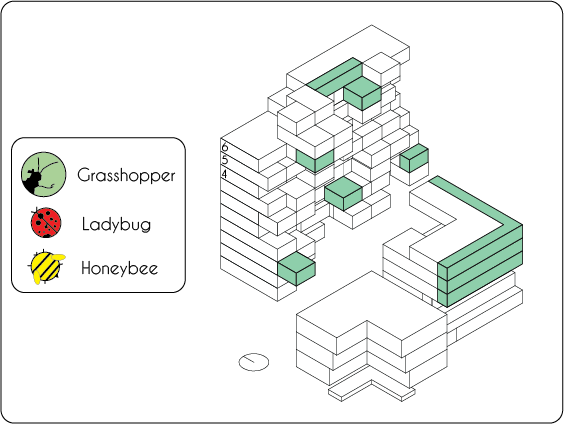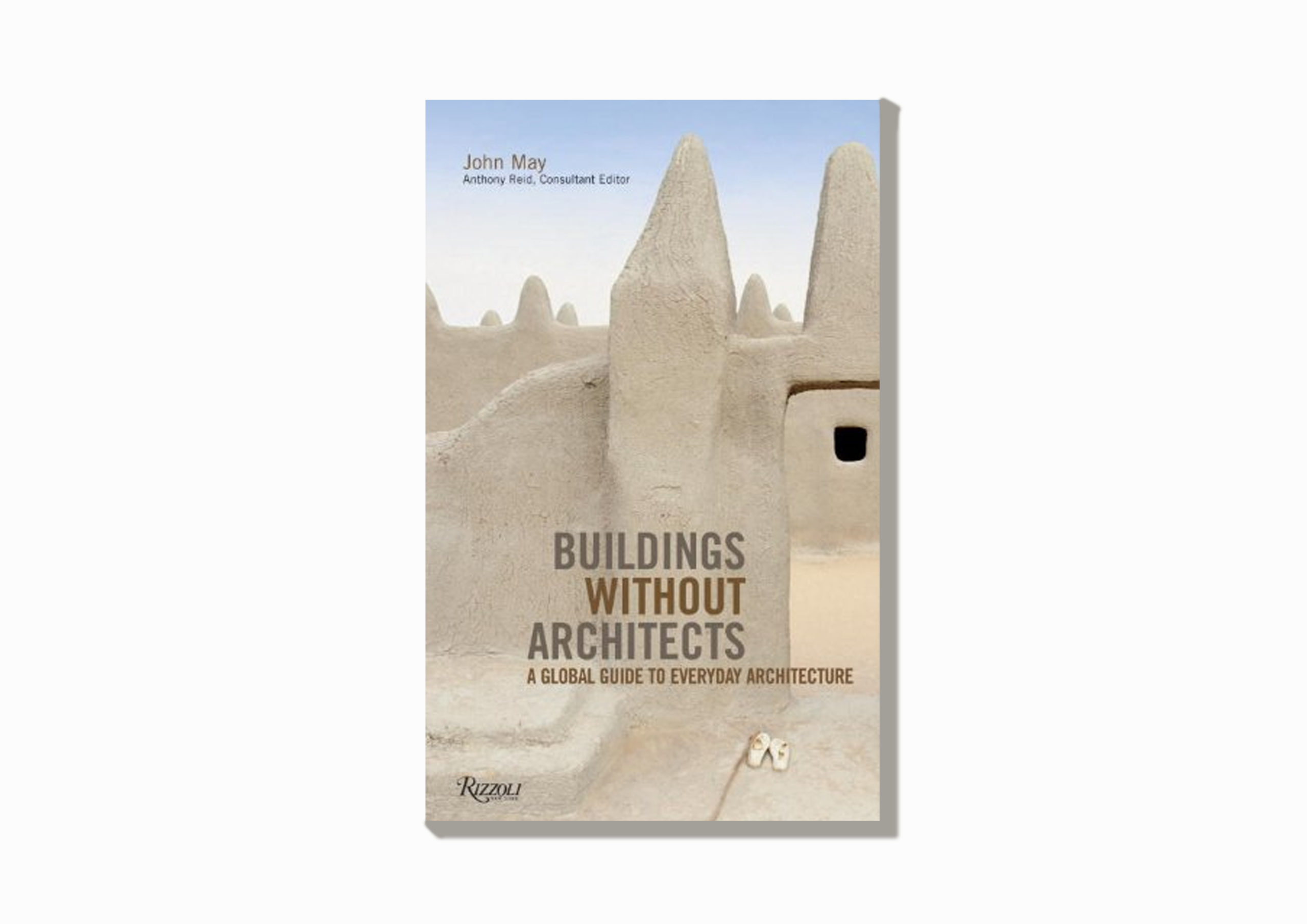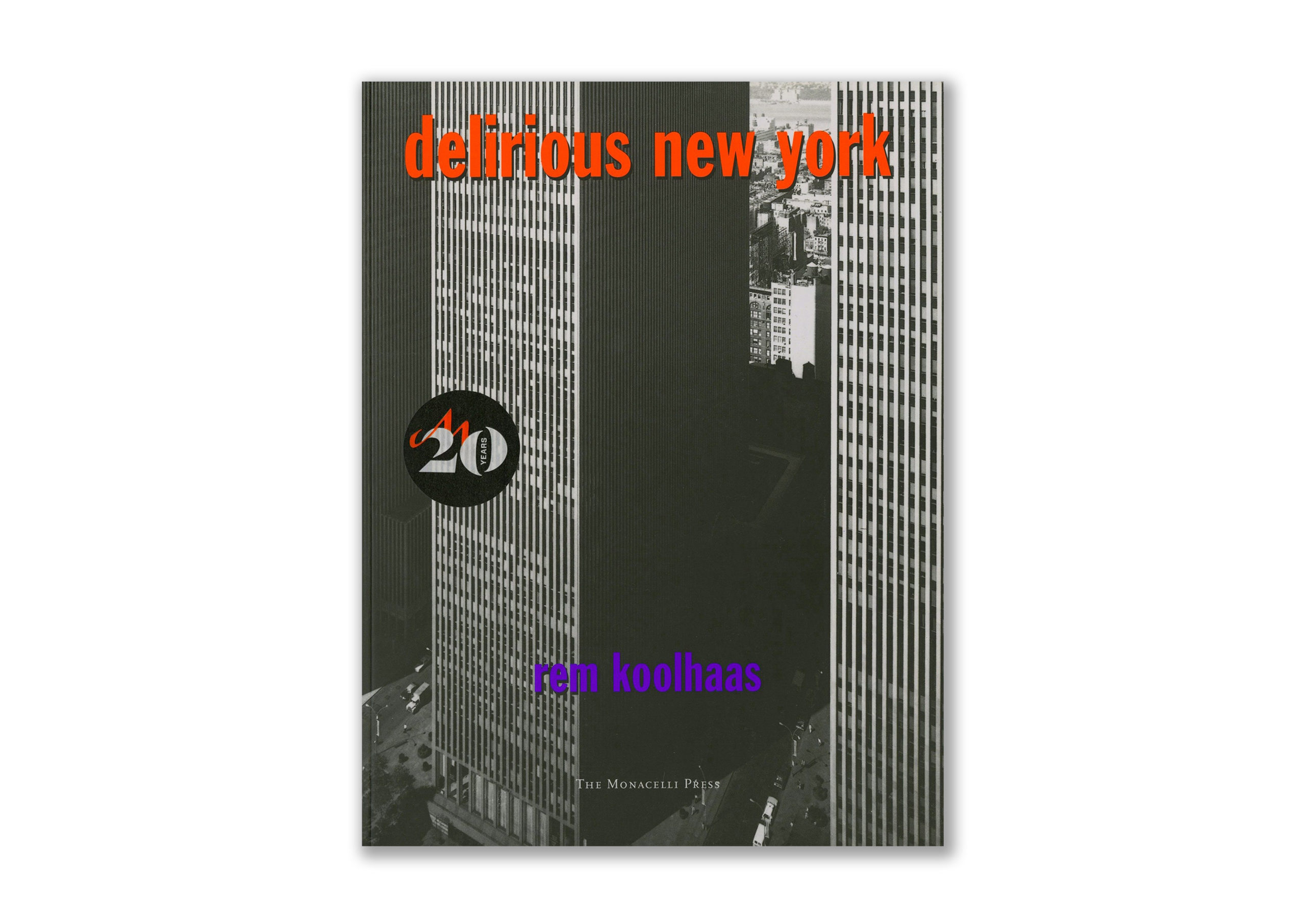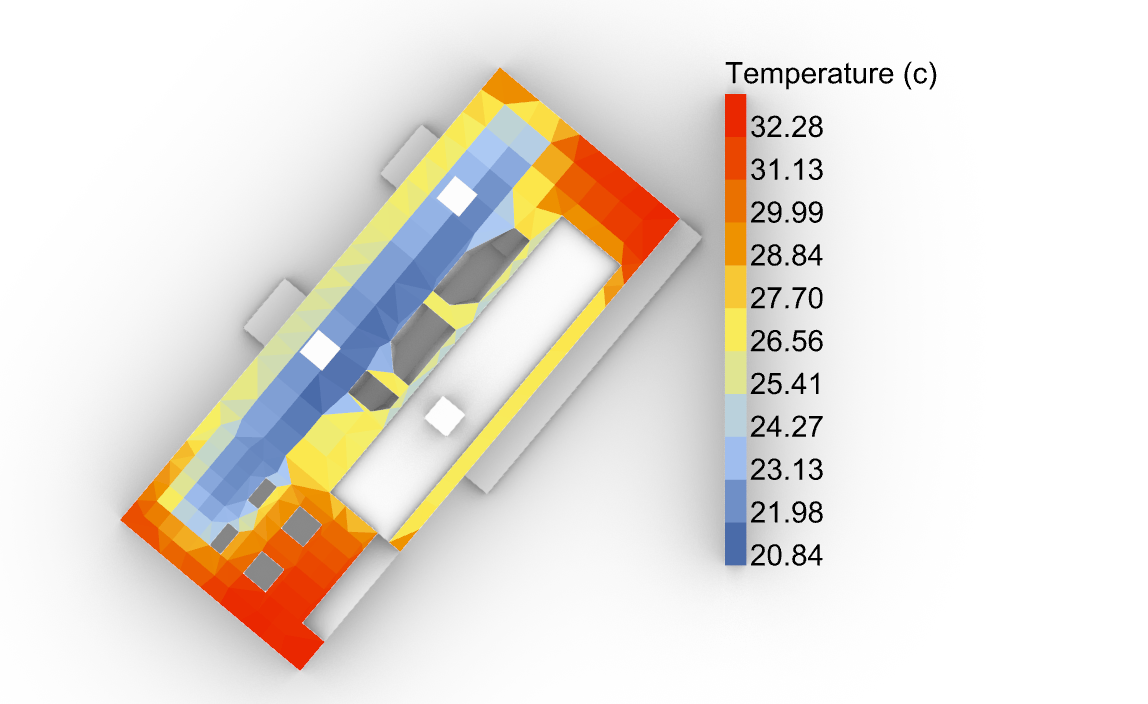The Master in Advanced Ecological Buildings and Biocities (MAEBB) postgraduate program is an 11-month immersive academic program focused on learning how to design and build a new generation of buildings and cities to respond to the planet’s emerging climate challenges. The program is carried out in Valldaura Labs, in Barcelona, a 135 He property located in the Collserola forest. Here, students will live and work surrounded by nature while using the most advanced technologies and design techniques in the pursuit of what is also IAAC’s long term initiative, to create self-sufficient and ecological environments.
Tabrizian Tapestry _ Metabolic Systems Energy
Tabrizian Tapestry becomes a self-sufficient building with the usage of photovoltaic cells on the roof’s building. Simultaneously, the cell’s surface function as rain water collecting area. CLIMATE ANALYSIS:
Tabrizian Tapestry: Ecosystemic Structures
We believe in creating structures that not only meet functional requirements, but also celebrate and pay homage to local architectural traditions. With this in mind, we have taken inspiration from the iconic domes of Iran and integrated them into our design. Our building incorporates a unique bazaar on the ground floor, featuring a series of … Read more
Tabrizian Tapestry: Resilient Envelopes
In terms of implementing the concept of Resilient envelopes in Tabrizian Tapestry, the envelopes have been developed, driven by specific sustainable constructive systems, and integrating materiality with specific origin and composition, as well as ample room for maneuver in terms of performativity, recyclability, bio-degradability, longevity. Advanced CLT balloon frame with Brick facade clad in north … Read more
Governing the Commons | Elinor Ostrom
The continuos overuse and destruction of Natural Resources has been a problem during the time that Elinor Ostrom published her book Governing the Commons and continues to threaten ecosystems today. Elinor Ostrom showed that this scenario is not inherent to all natural or „common pool resources“ (CPRs) as portrayed in „the tragedy of the commons“ … Read more
DZONGHA | Metabolic Building Systems : Energy
Shruti Sahasrabudhe, Larsen Bidstrup, Nishanth Maheshwaran, Jacek Antoni KostrzewaMASTER IN ADVANCED ECOLOGICAL BUILDINGS AND BIOCITIES, 2022-2023, IAAC To align with overarching sustainability values of the project, we approached the energy design module with intentions to reduce carbon footprint and improve self-sufficiency. Sunny Design software was used with climate date of Paro, Bhutan to help us … Read more
DZONGHA | Metabolic Building Systems : Water
Shruti Sahasrabudhe, Larsen Bidstrup, Nishanth Maheshwaran, Jacek Antoni KostrzewaMASTER IN ADVANCED ECOLOGICAL BUILDINGS AND BIOCITIES, 2022-2023, IAAC In the Bhuddist traditions of Bhutan, water is holy. We sought to design with this respect top of mind. Before calculating water usage, we classified different water qualities into blackwater, greywater, rainwater, and potable water. On the basis … Read more
DZONGHA | Advanced Digital Tools
Shruti Sahasrabudhe, Larsen Bidstrup, Nishanth Maheshwaran, Jacek Antoni KostrzewaMASTERS IN ADVANCED BUILDINGS AND BIOCITIES, 2022-2023, IAAC Set in Paro, the proposed building offers a place for locals and travelers to learn traditional Bhutanese handicrafts and immerse themselves in the highland culture. The building reaches 8 stories, covering 8000m2 on a sloped site overlooking Paro Valley. … Read more
BUILDINGS WITHOUT ARCHITECTS: A Global Guide to Everyday Architecture by John May | Ecological Thinking
This blog is a review of the book, Buildings without Architects: A Global Guide to Everyday Architecture by John May. The book is a culmination of 60+ different styles of vernacular architecture ranging from different materials and different regions of the world. “Architecture should speak of its time and place, but yearn for timelessness.” – … Read more
DELIRIOUS NEW YORK: A Retroactive Manifesto for Manhattan by Rem Koolhaas | Ecological Thinking II
This blog is a review of the book “Delirious New York” written by Rem Koolhaas. “The future is no longer about power, but about bandwidth.” Rem Koolhas Rem Koolhaas wrote a novel titled “Delirious New York” that outlines the evolution and background of Manhattan’s design and urbanism. Koolhaas wrote this book because he desired to … Read more
AL HABIBITAT | Resilient Envelopes
Aswan, Egypt being in a hot & arid climate follow specific passive strategies, which are incorporated in the design. Installing a lattice patterned terracotta skin was seen as the primary idea for envelopes considering it enhanced the functionality of the passive strategies incorporated. Further, the thermodynamic study of heat sources & sinks indicate at the … Read more
MEDITERRANEAN | Metabolic Building Systems: Water
Water Demand of the Building Water Saving Strategies The building depends on rainwater harvesting, greywater recycling, black water treatment and recycling to reduce its water demand. Water saving strategies such as shower head aerators, faucet aerators, low flow toilets and eco-washing machines help to reduce the monthly water consumption by 20%. The landscape includes native … Read more
MEDITERRANEAN | Resilient Envelopes
REFERENCES ENVELOPE DESIGN Given that the NW facade is the most important facade for wind capture, we wanted to have the ability to allow wind to enter the facade as well as block the strong western sun in the summers. This is accomplished through the use of ceramic louvers that can be rotated towards the … Read more
MEDITERRANEAN | Advanced Digital Tools II
THERMAL QUESTIONS: 1] Ideal percentage of SW glazing? 2] Can single glazing be used to reduce cost, or are energy losses too great? 3] Ideal thickness of cork bricks for insulation? 4] Ideal length of horizontal shading? In order to simplify the analysis, only the residential floors were chosen. To conduct the sensitivity studies, the … Read more
MEDITERRANEAN | Metabolic Systems Energy
Mediterranean self-consumption Energy System Benefits Self-consumption (electricity) Monthly values Roof plan – Subproject 1 – Building 1 Roof plan – Subproject 1 – Building 2 Energy Consumption

